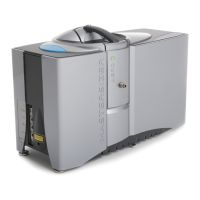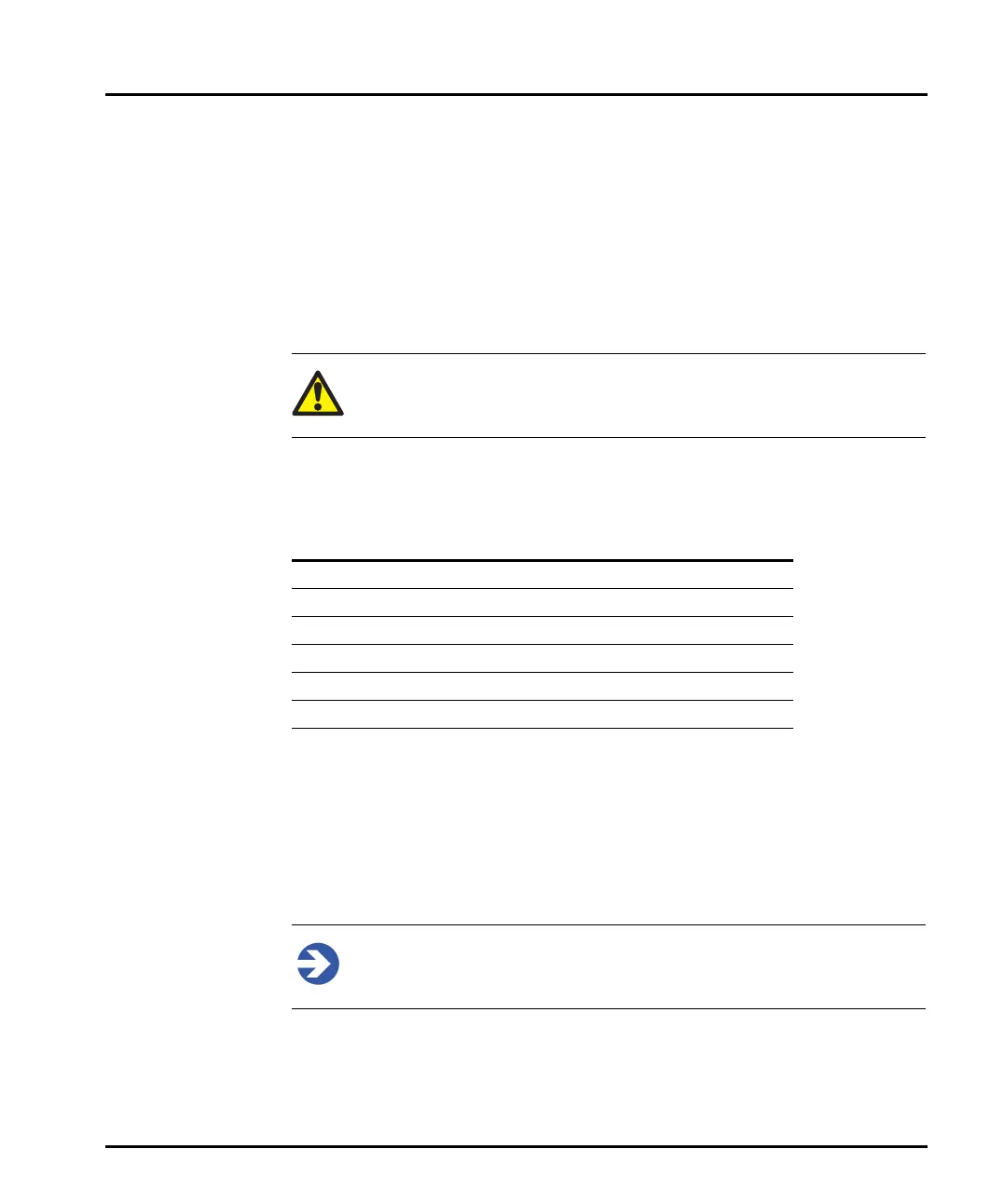Chapter 6 Sample preparation guidance
Page 6-6 MAN 0474
If condensation is a problem in a water-based system, a quick remedy is the addi-
tion of warm water to the sample tank. The increase in obscuration caused by the
condensation will quickly disappear.
When analysing particles suspended in a liquid dispersant, one of the most impor-
tant decisions is which liquid to use. The dispersant can be any clear (at 633nm
wavelength), optically uniform liquid that does not interact with the sample caus-
ing it to change its size. Clearly users wish to use the safest, lowest cost liquids that
are effective. Particles that give problems, such as dissolution, in one medium may
be quite suitable in another.
Warning!
If a volatile solvent has to be used as dispersant, leave the sample area door
open during use to aid ventilation.
Whenever difficulties in dispersion are experienced, consider using another disper-
sant. This list gives commonly used dispersants with their refractive indices:
The cost of some of the organic dispersants may limit their use to the Hydro MV,
which typically only uses 120ml of dispersant. The problem of the safe disposal of
the sample after measurement must also be considered. Always adopt the correct
procedures for disposing of the sample and dispersant, following any local guide-
lines. Most local regulations forbid hazardous samples and dispersants to be tipped
down the drain, allowing them to enter the water system.
Note
Application Notes describing how to develop a method for wet sample
analysis are available at www.malvern.com.
Dispersant Refractive index
Water 1.33
Ethanol 1.36
Propan-2-ol (Isopropyl-alcohol) 1.39
Dimethyl Digol 1.41
Butanone 1.38
Hexane 1.38
Acetone 1.36

